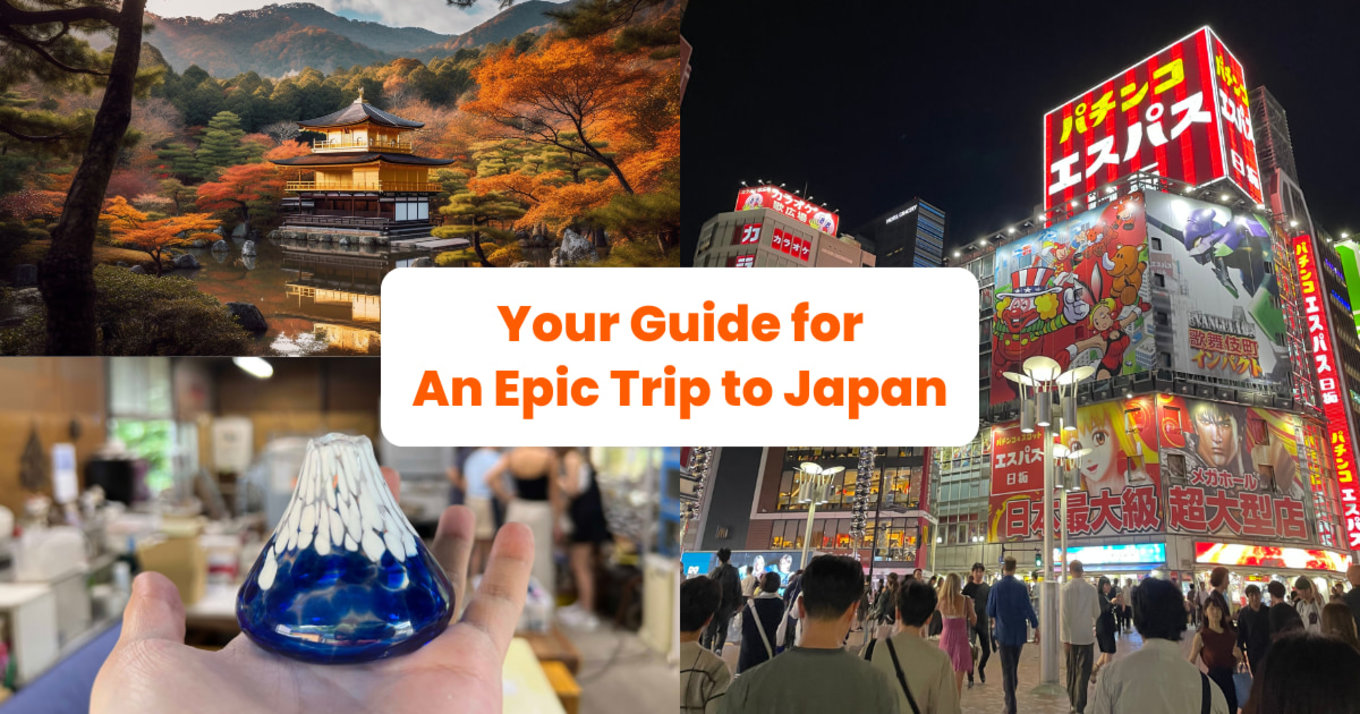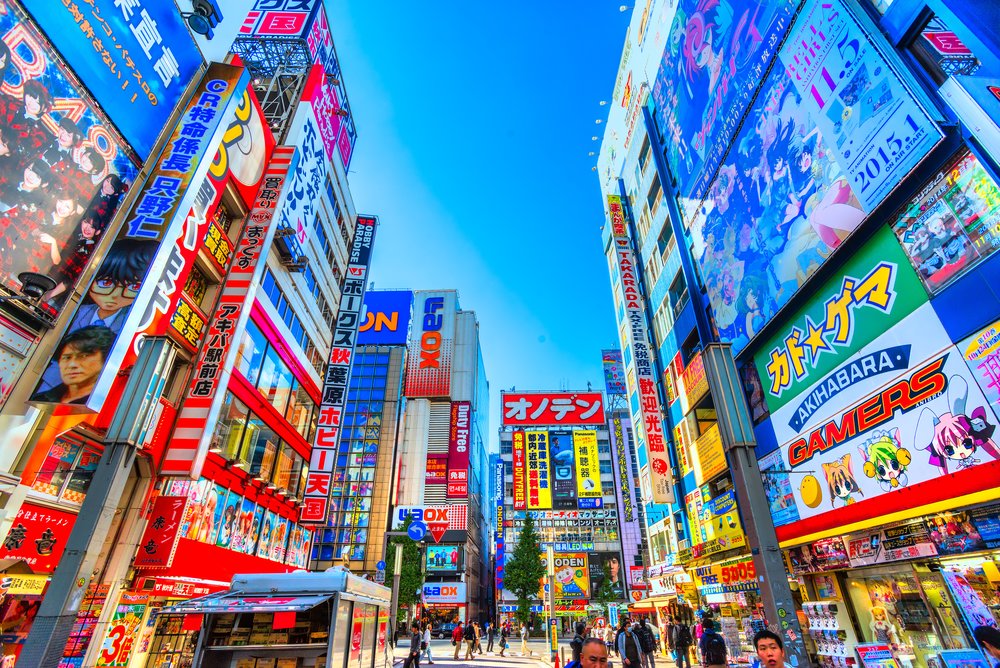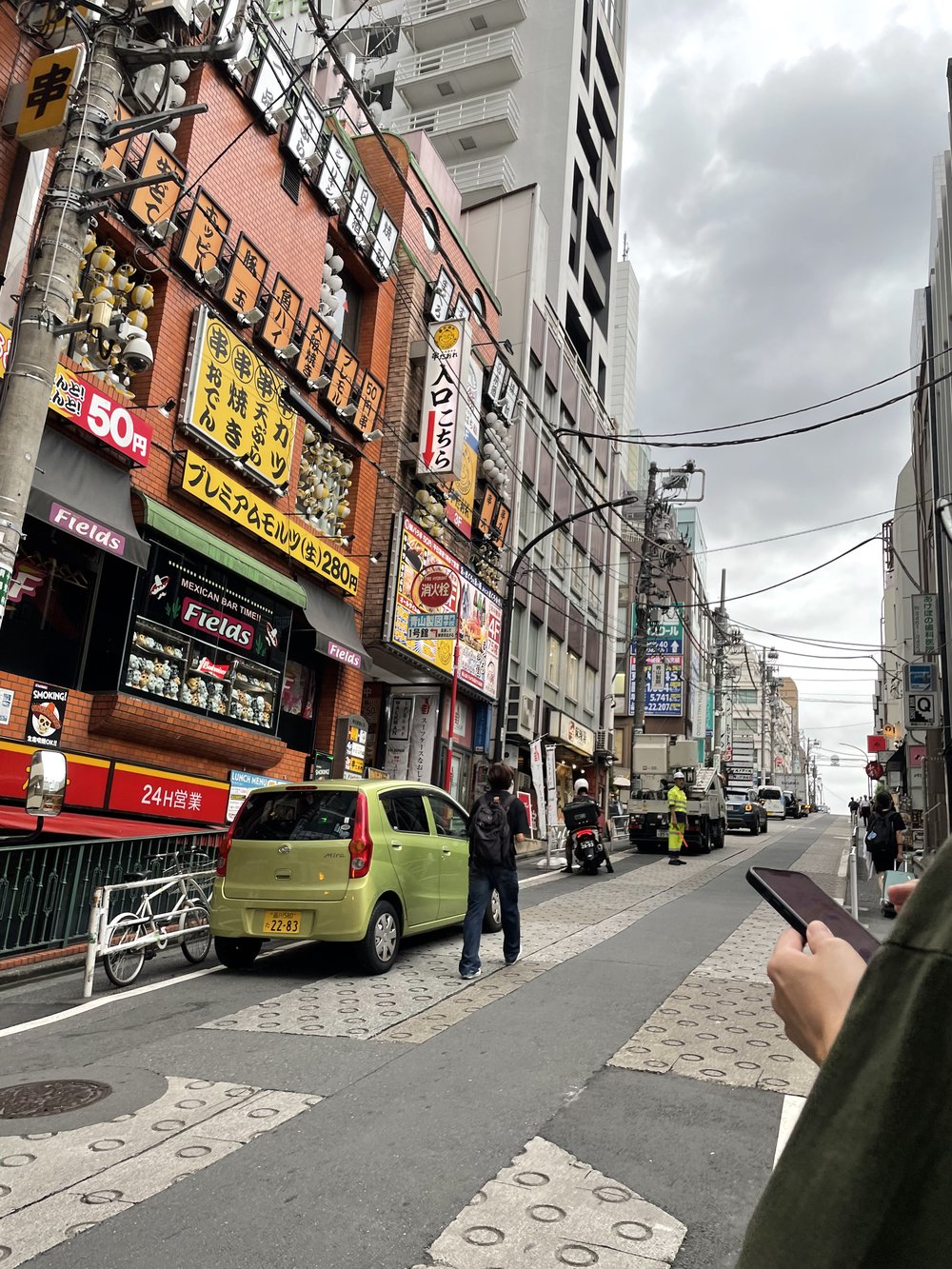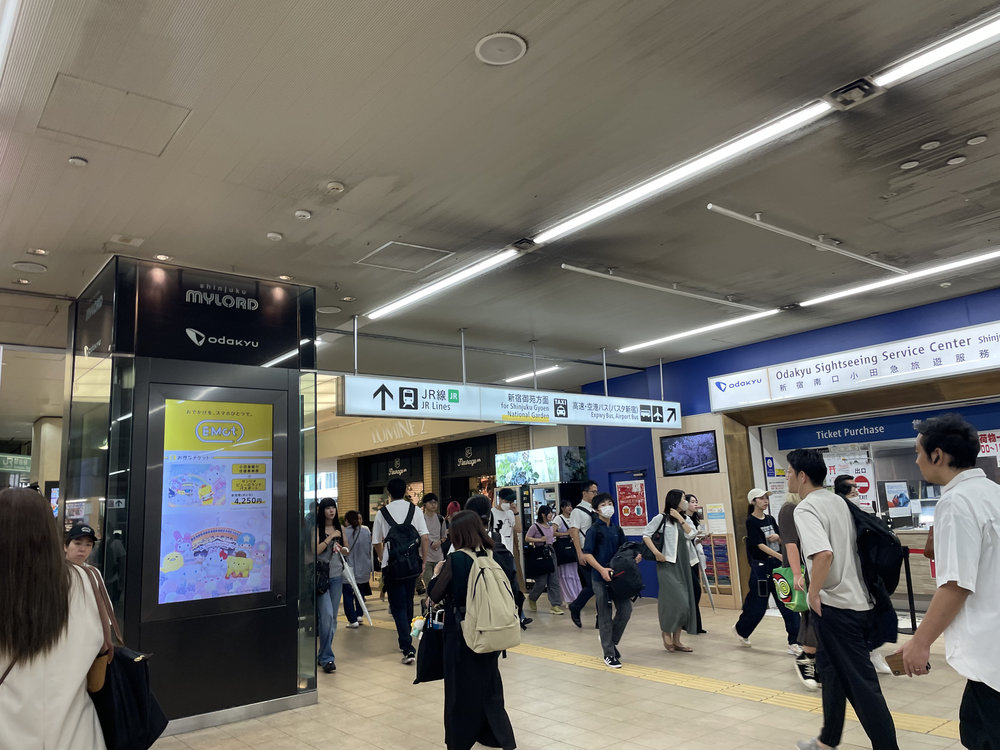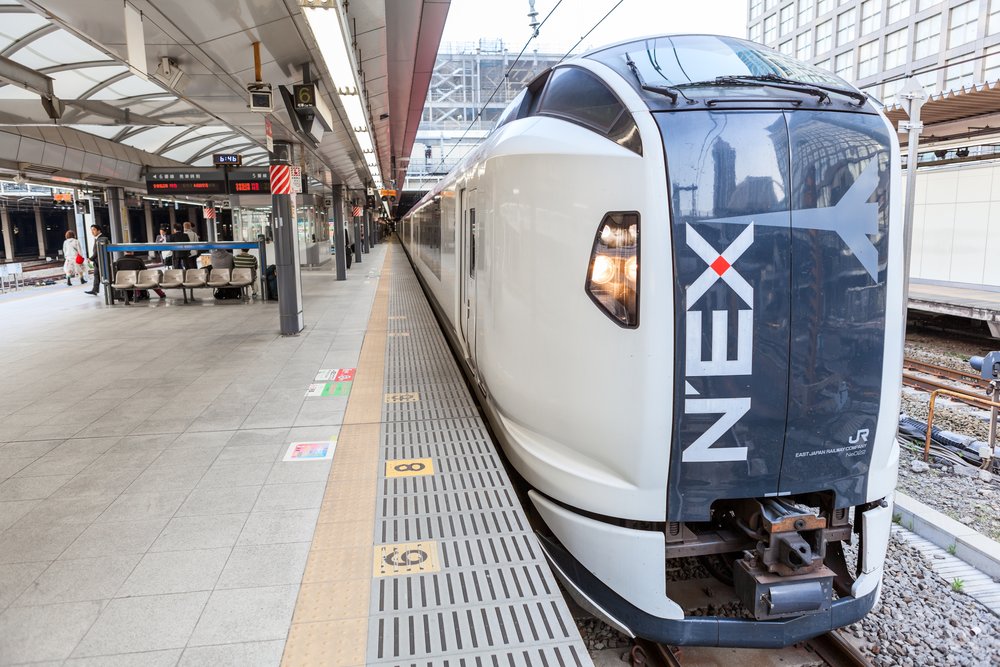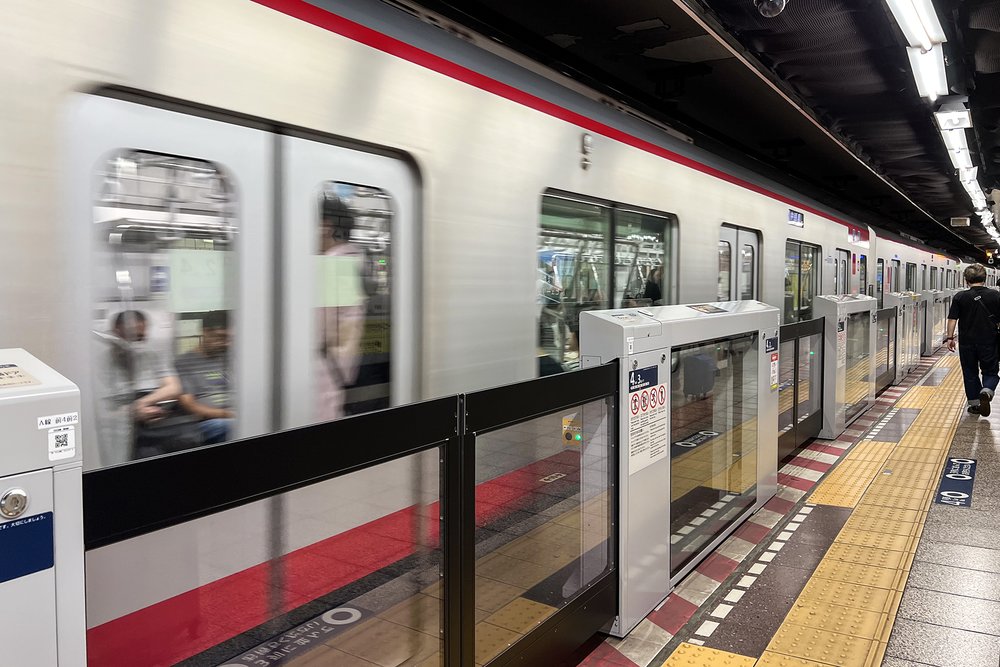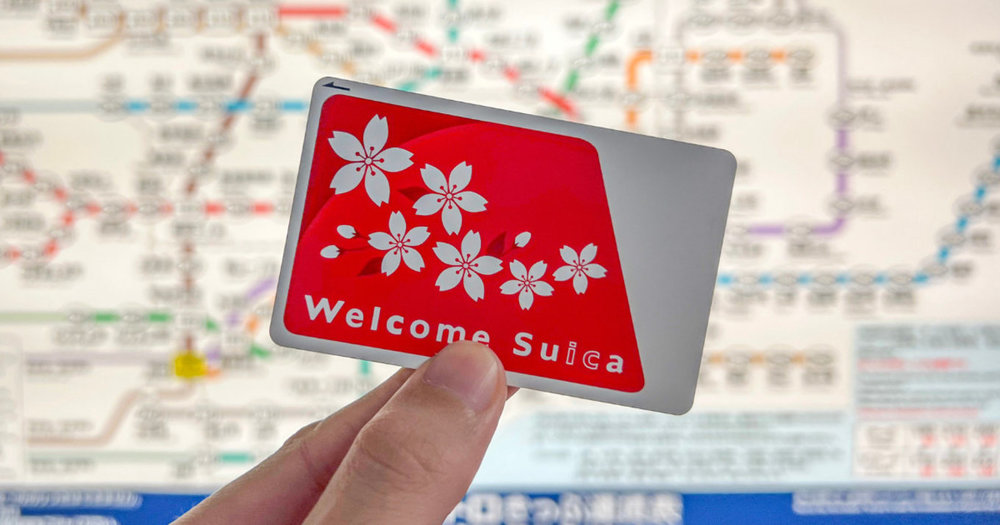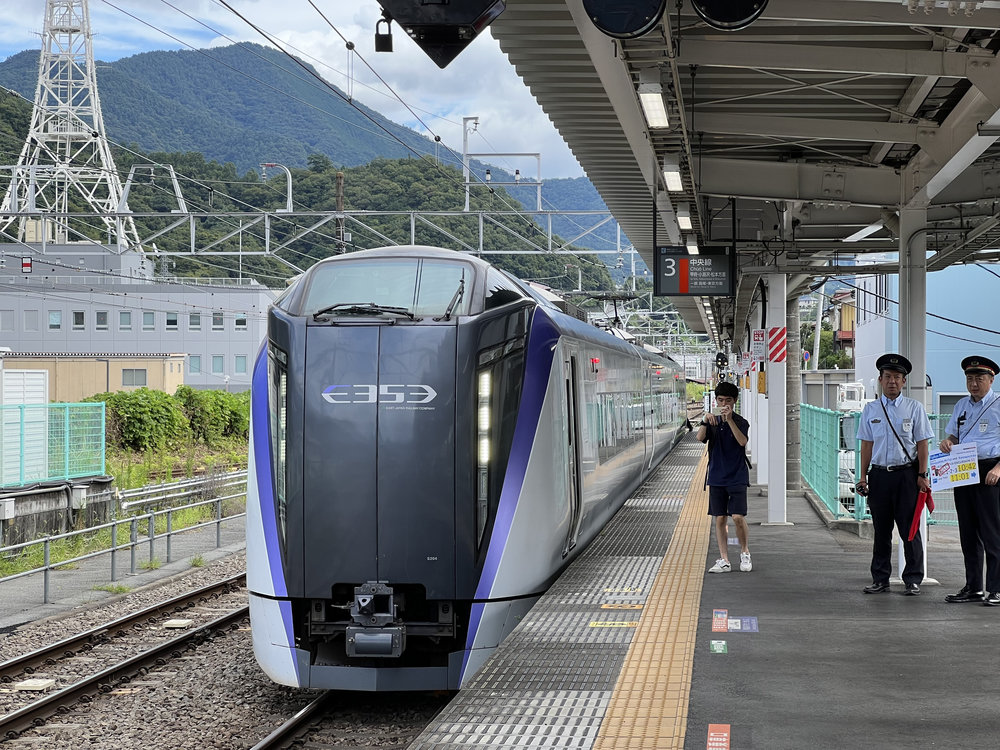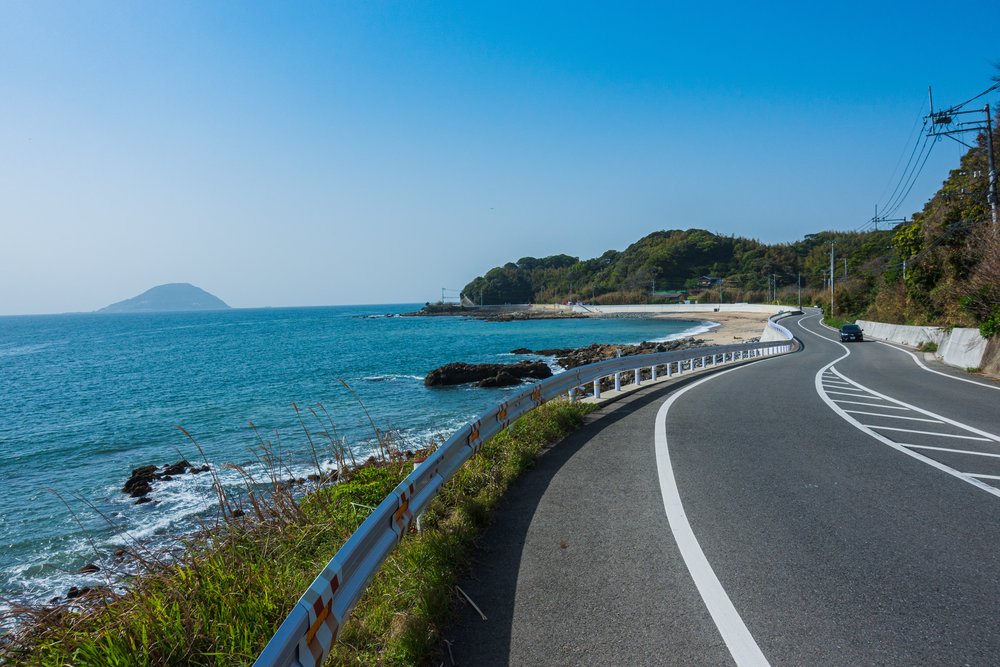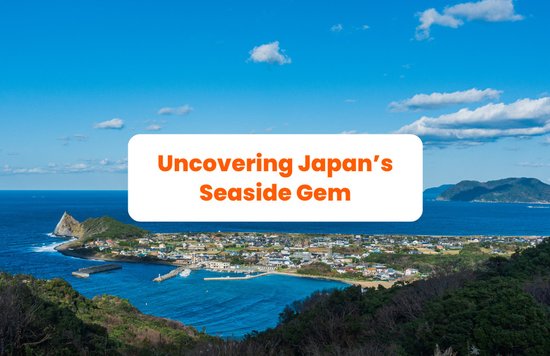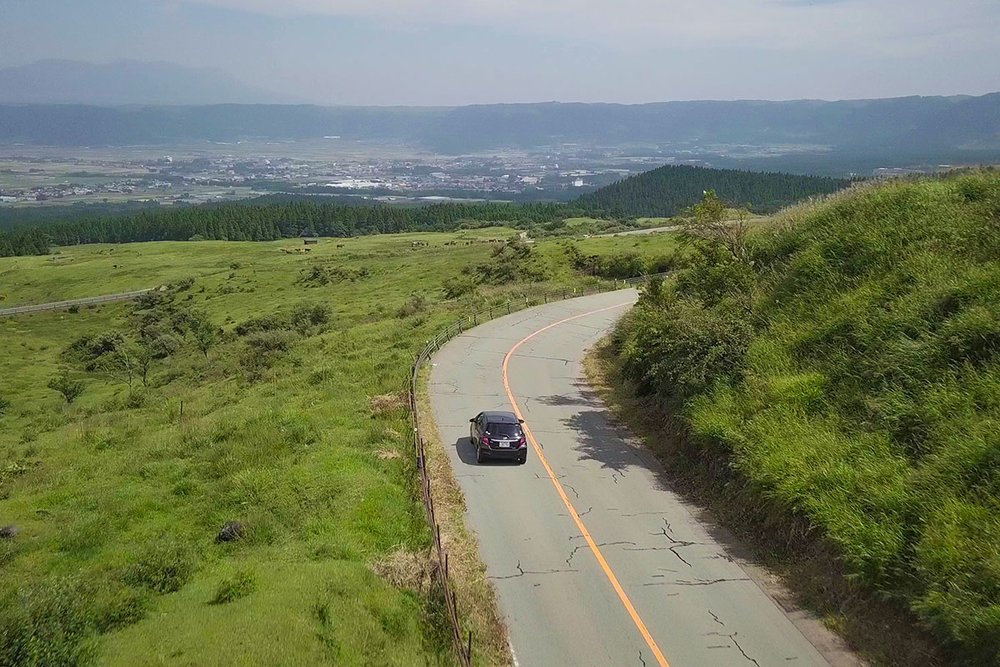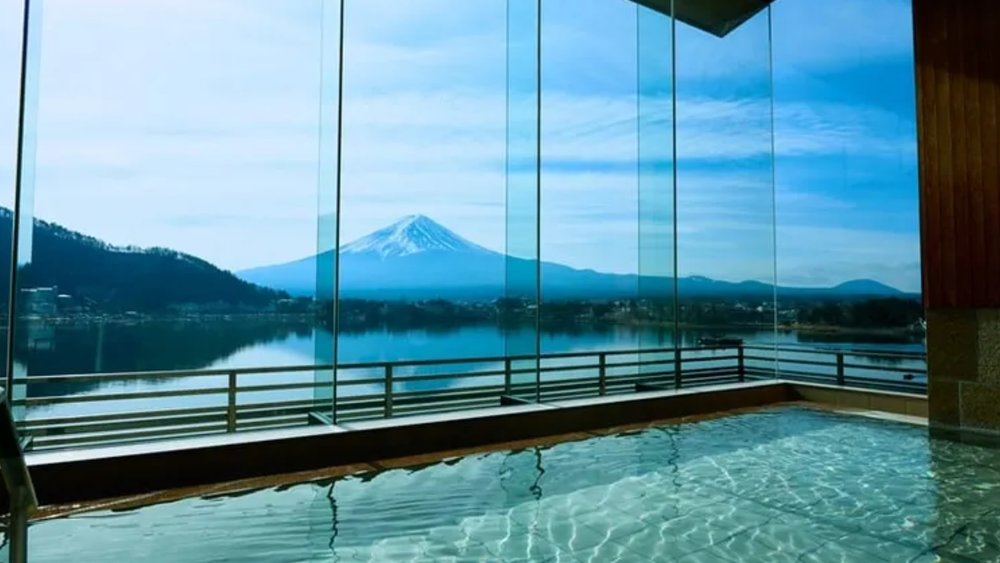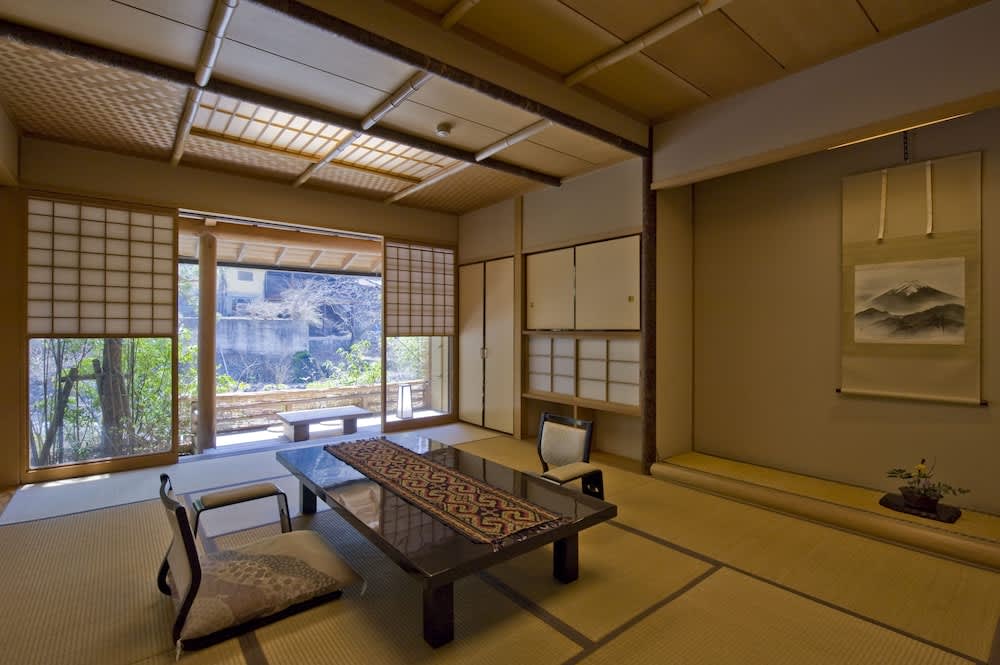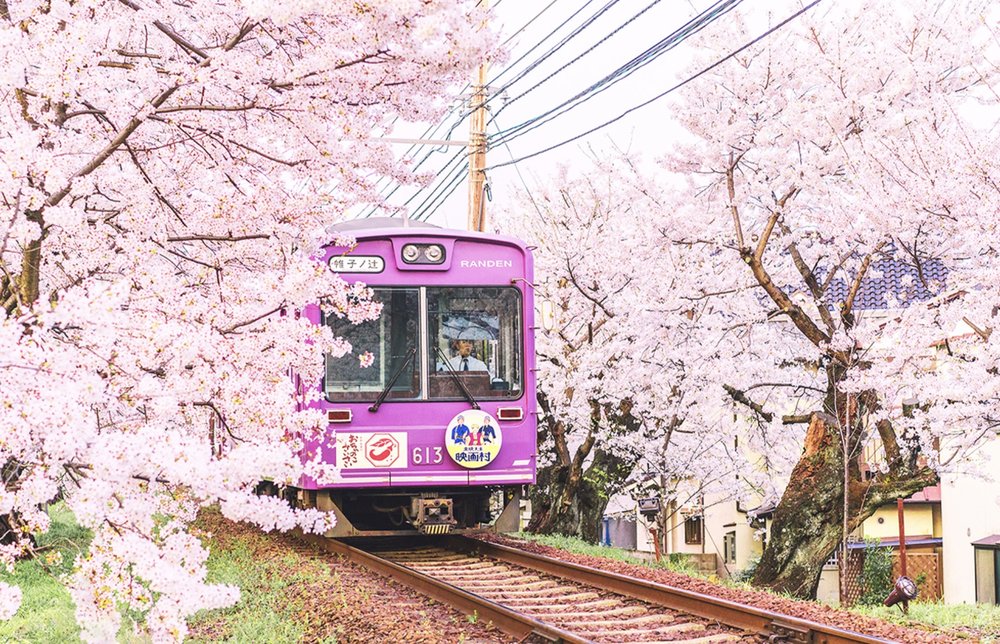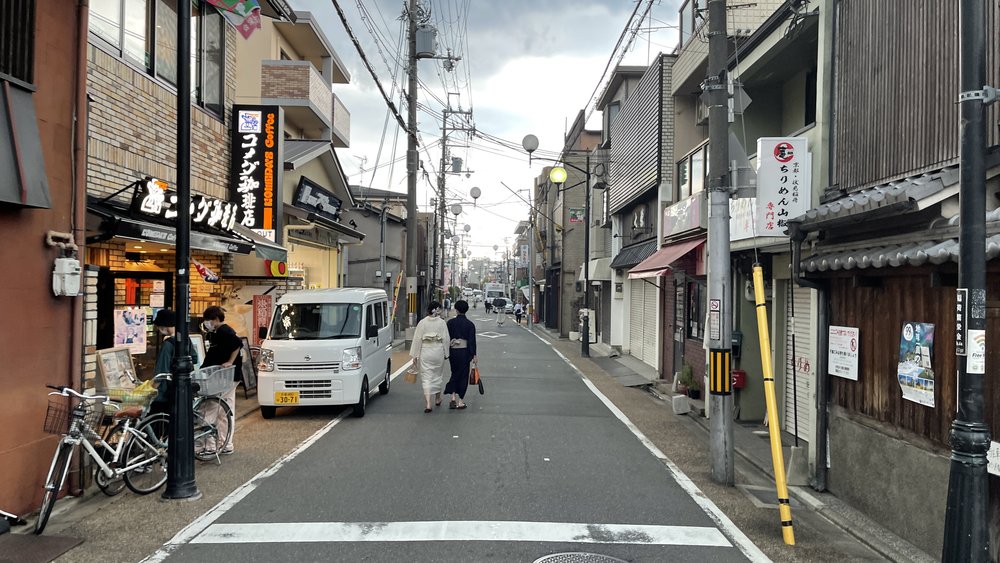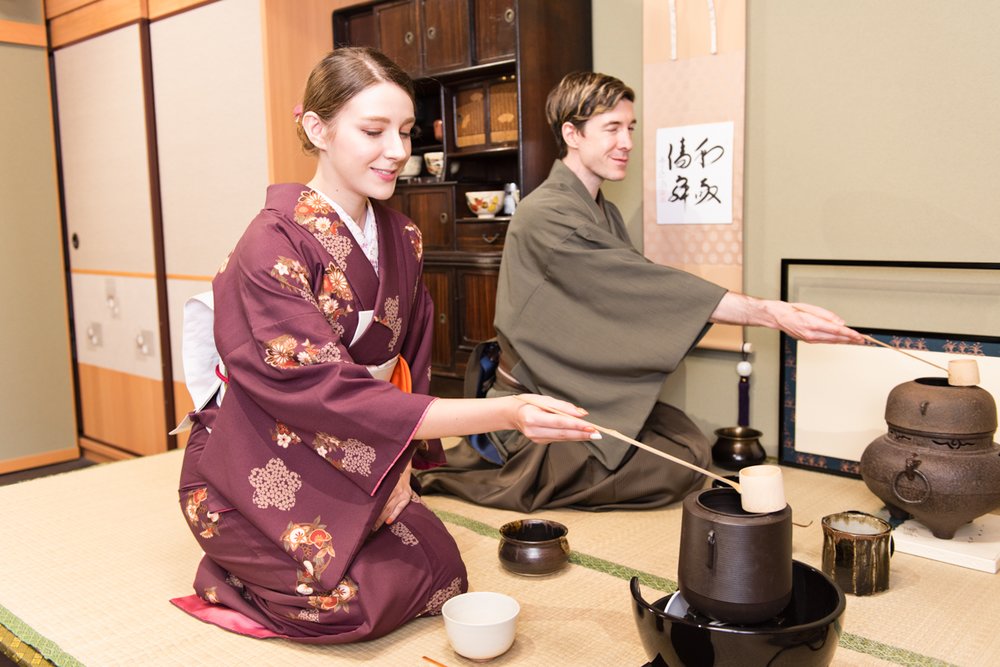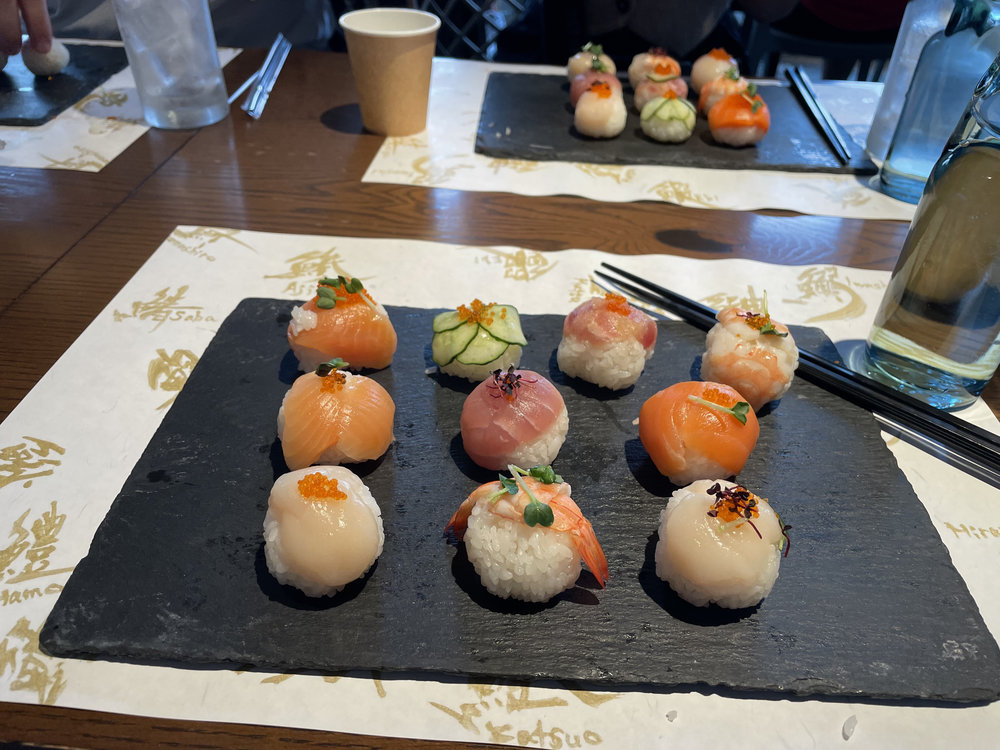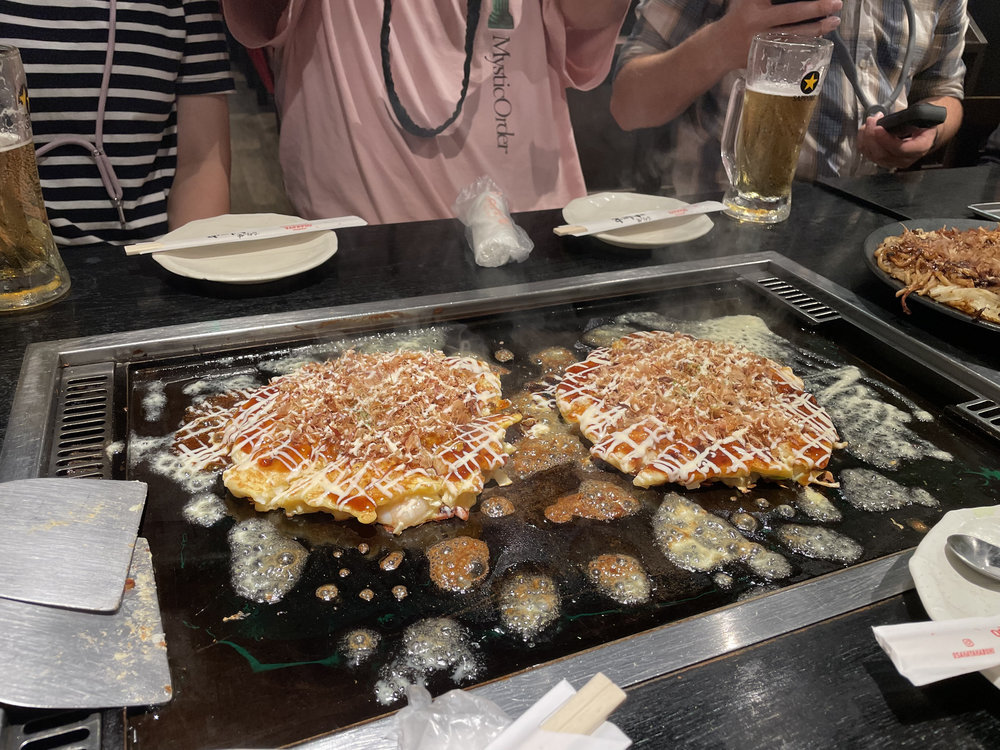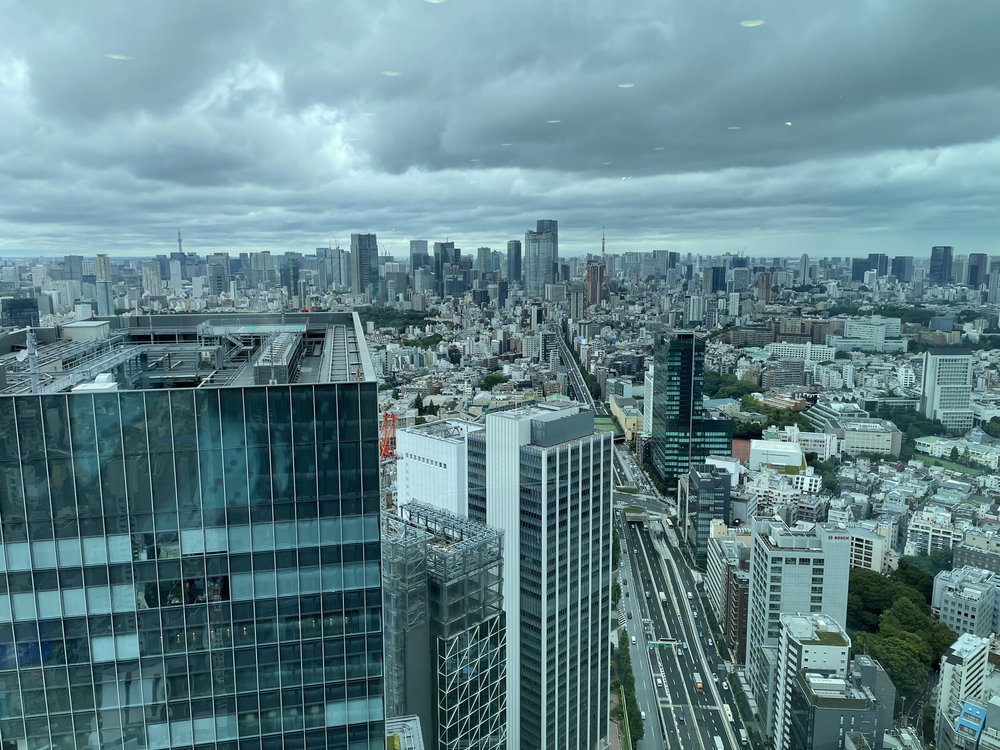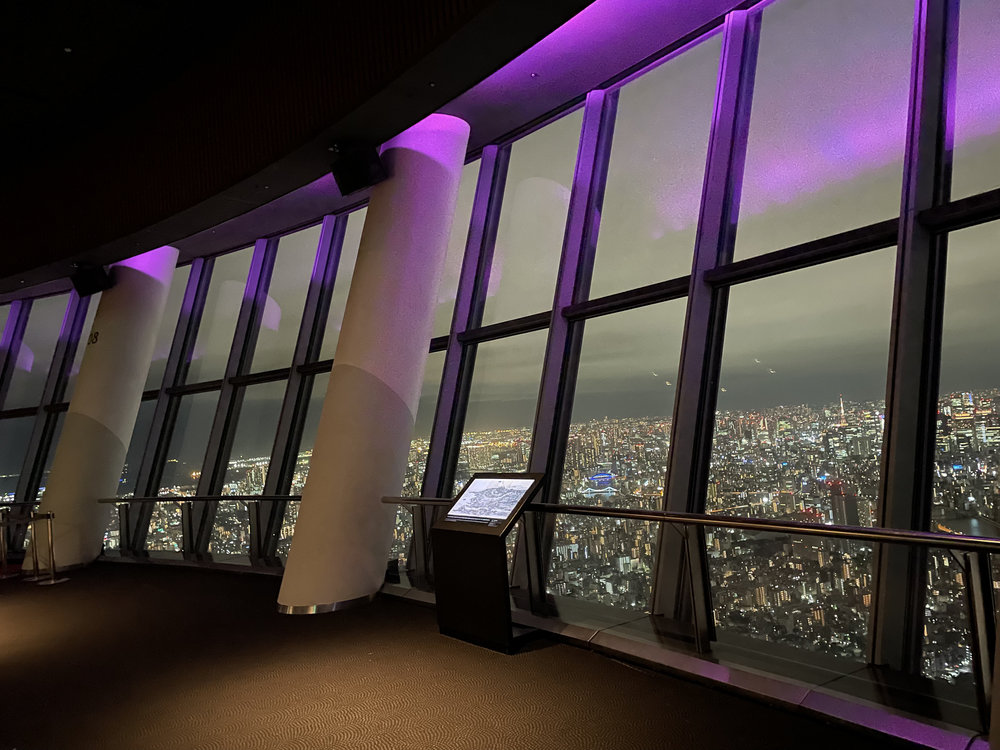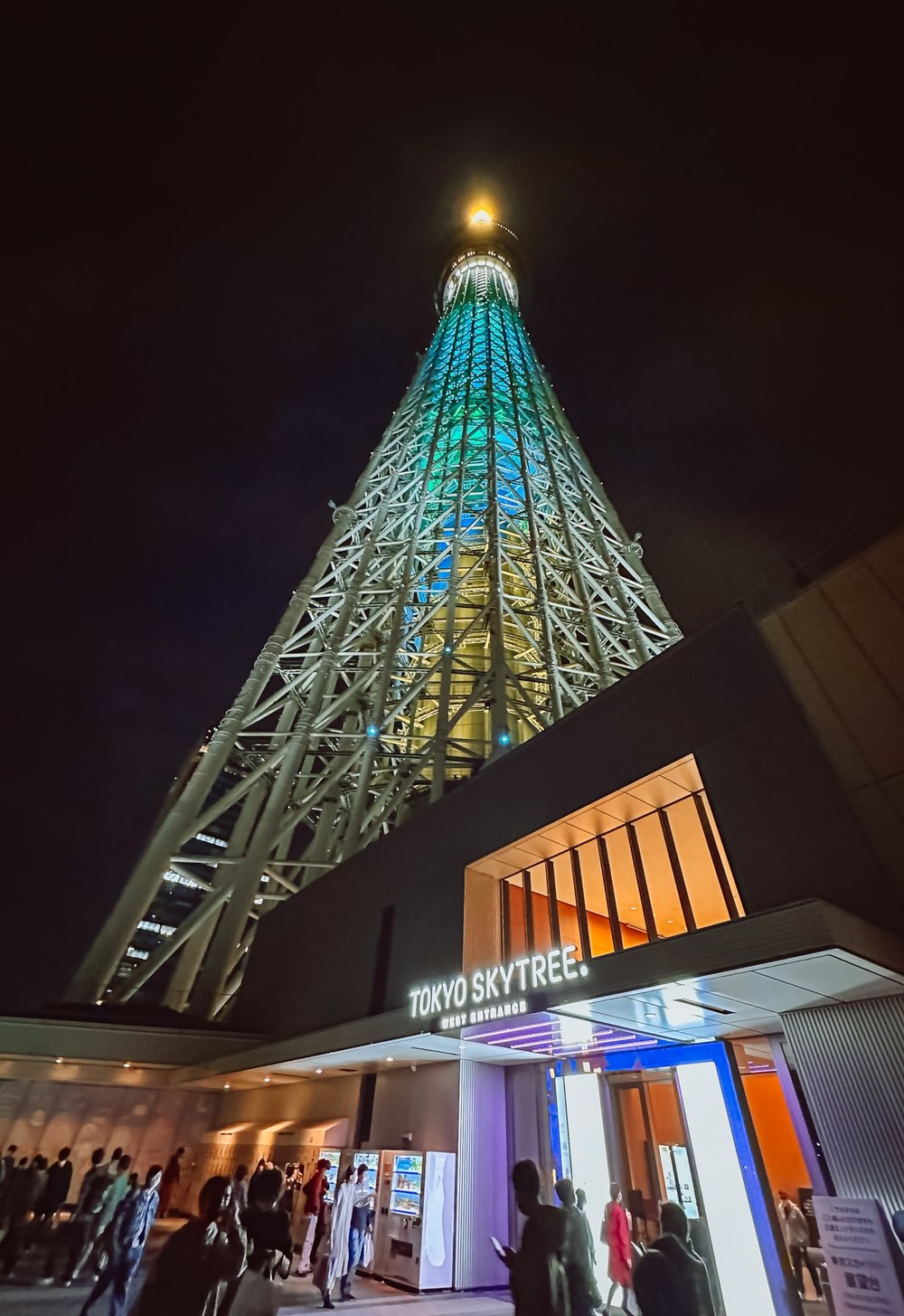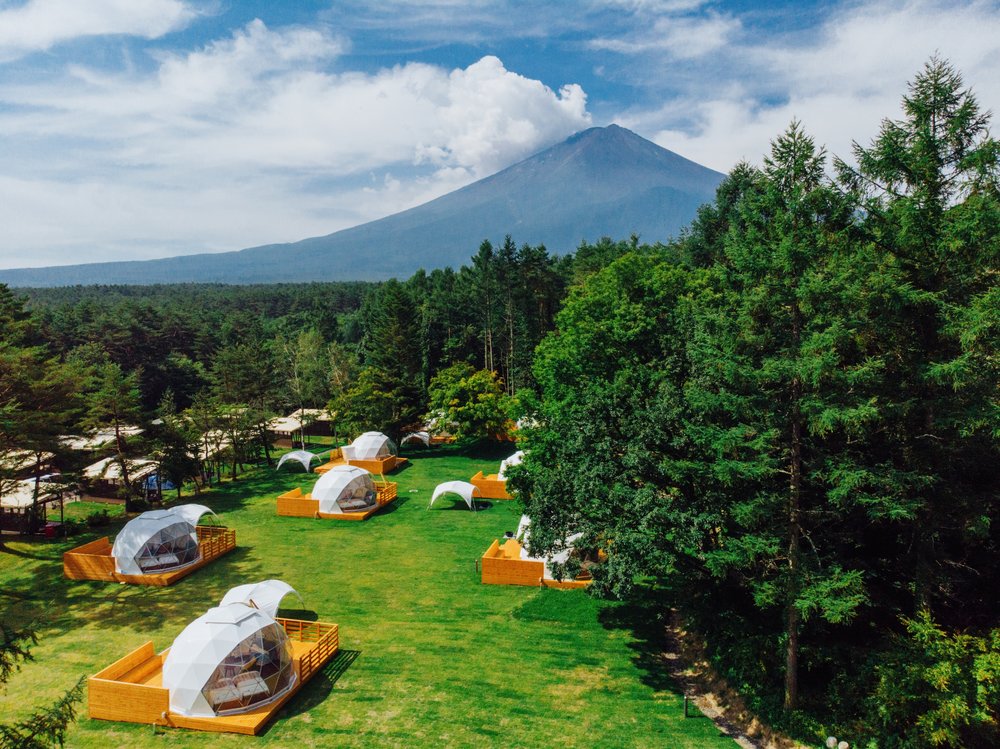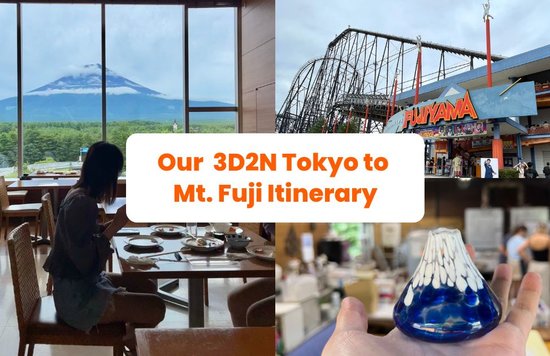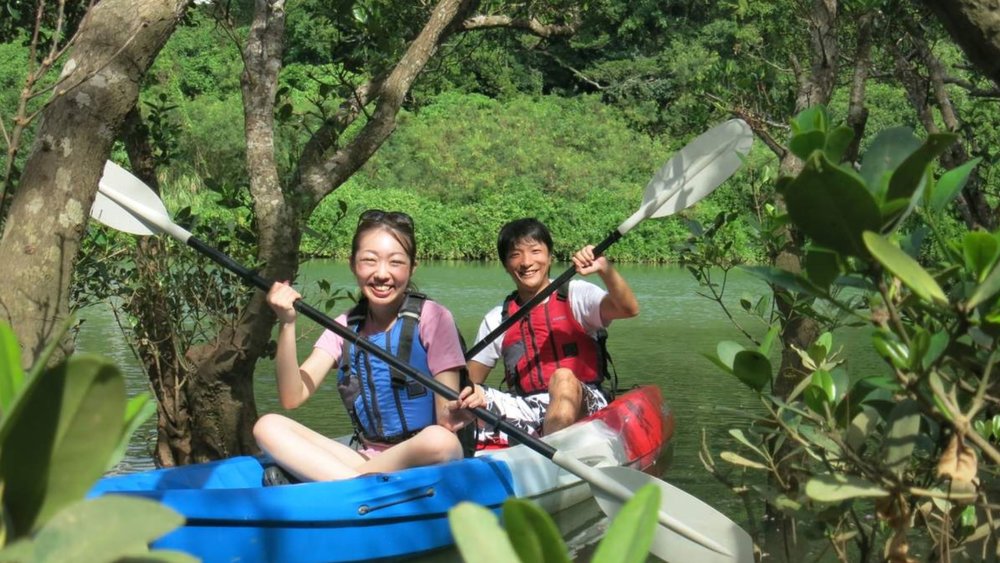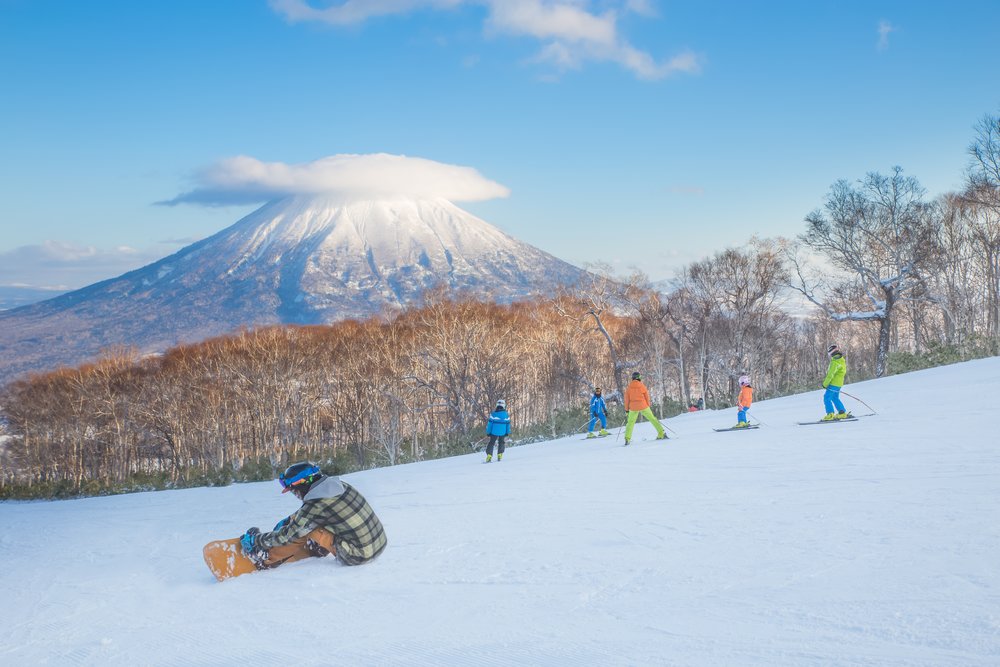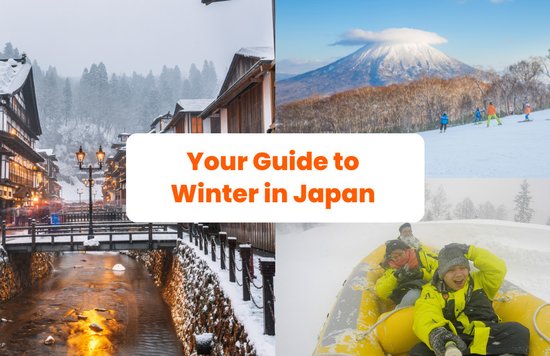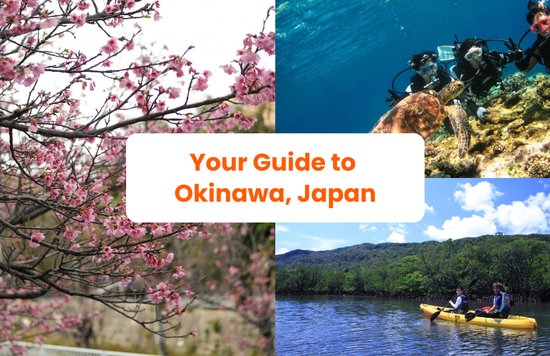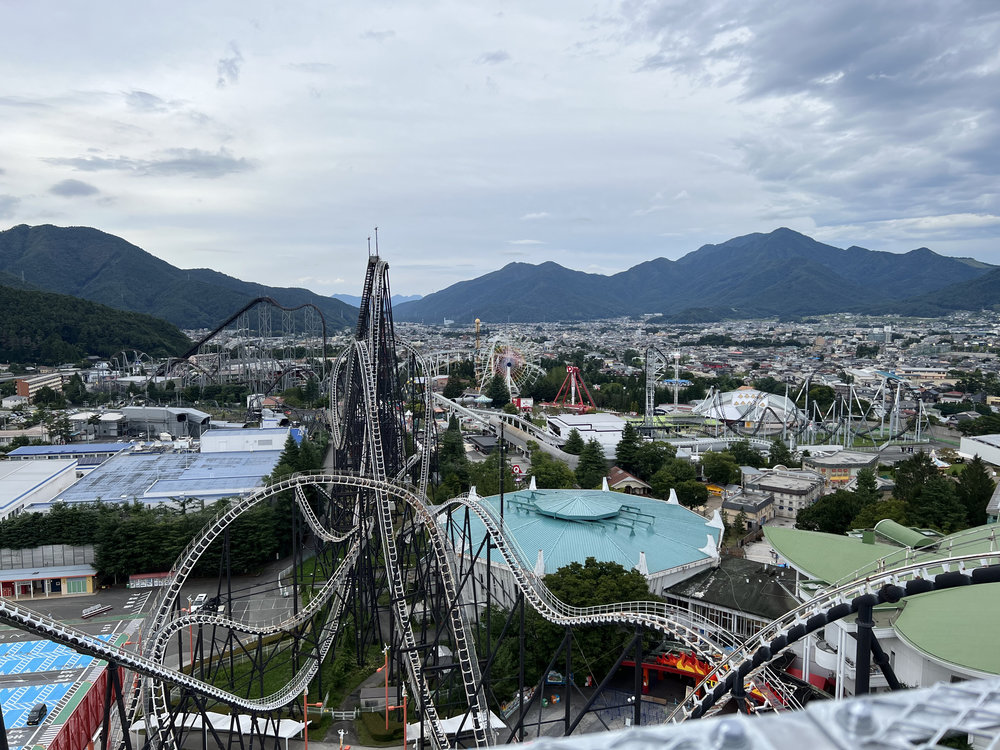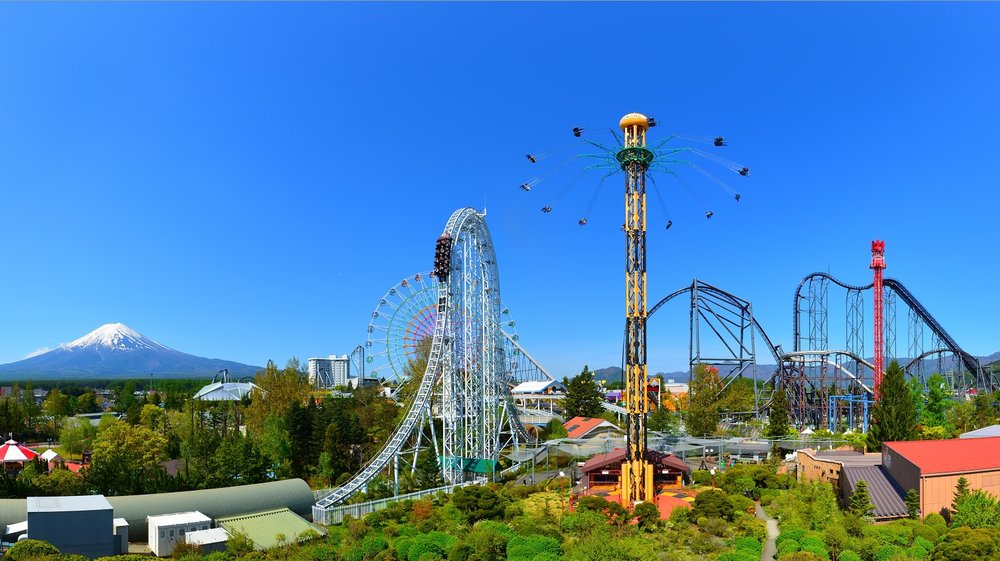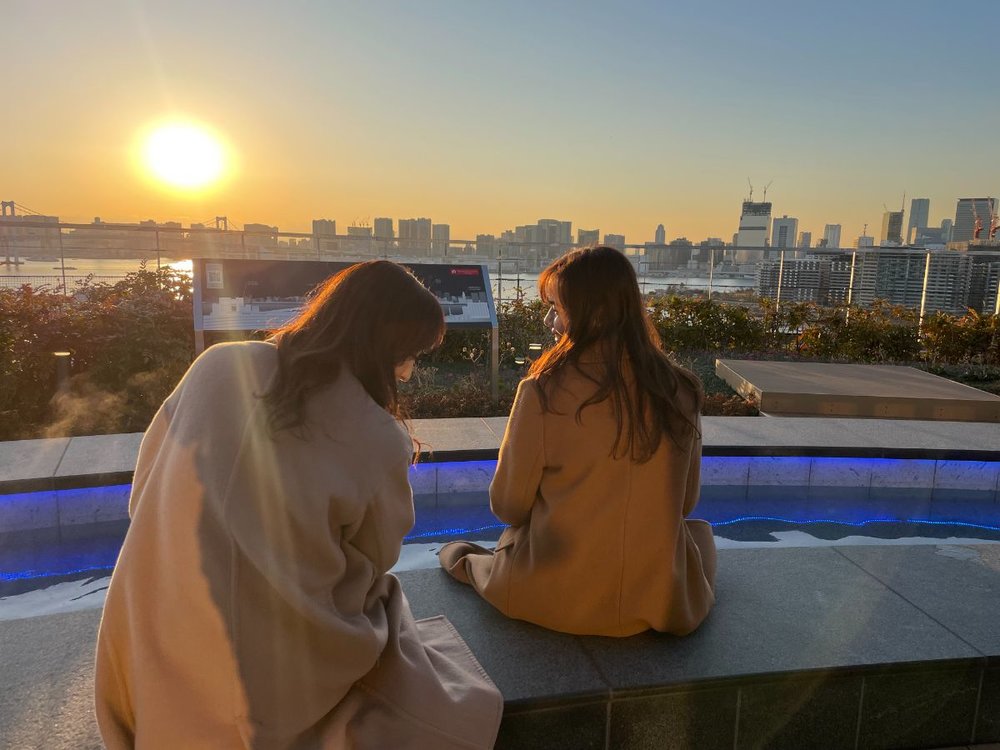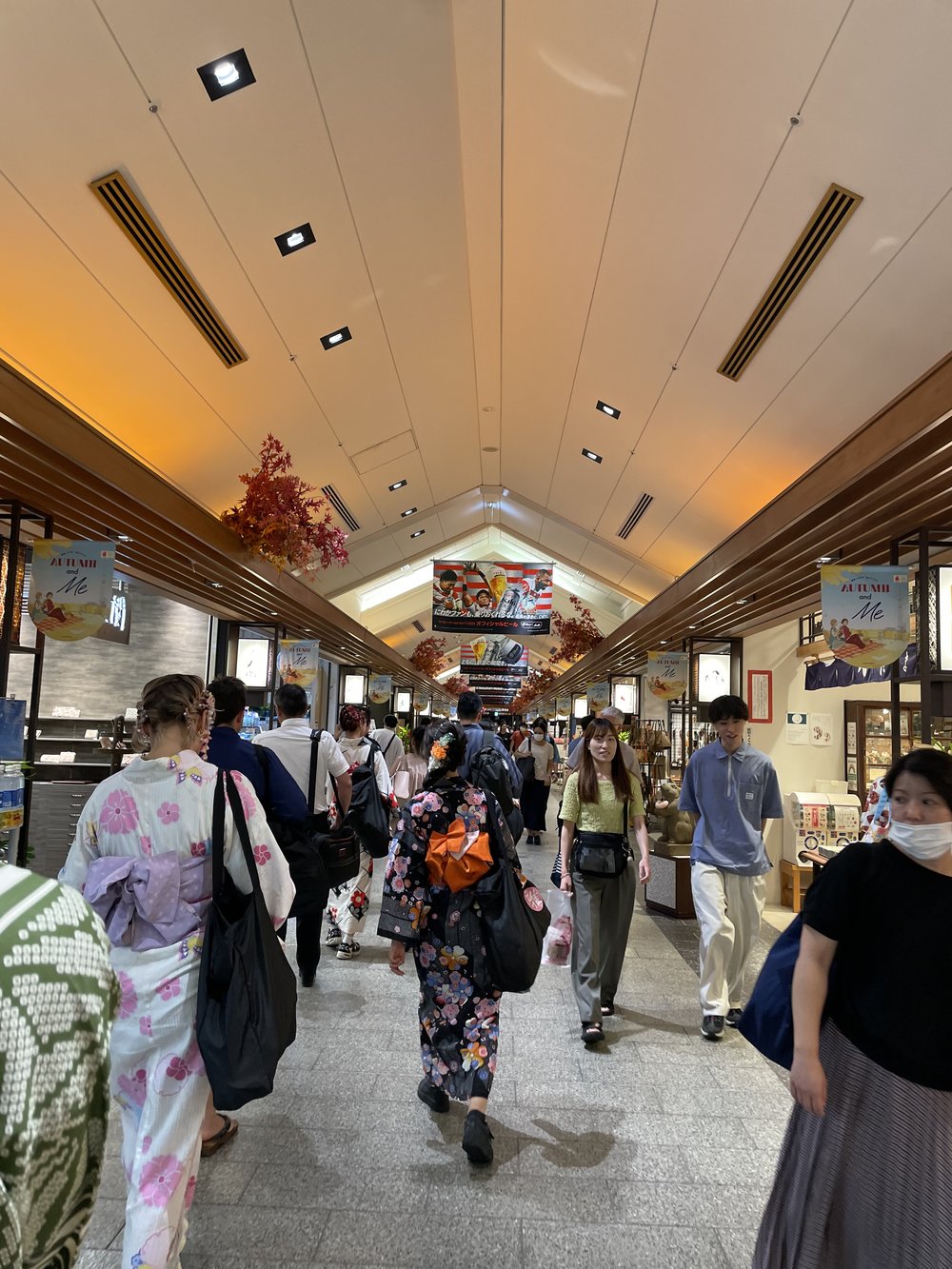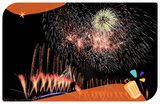What is the best approach for a cost-effective and enjoyable trip to Japan? We've prepared a guide that lays out the essentials so you can maximize your Japan trip to the fullest! We'll touch on necessities like the convenience of eSims and pocket WiFis for stays in both the bustling cities and the serene countryside.
We'll also help you learn how to navigate Japan's public transportation using the ever-convenient transportation passes like IC Cards and JR Passes. We'll also touch on how to choose the best home base for your Japan stay – from modern hotels to their beautiful and traditional ryokans! Ready your sheets, notebooks, whichever you use cause we've got a lot of details to touch on for an epic trip to Japan!
Essentials for Navigating Japan
Travel Requirements for US Citizens
Good news! Entering Japan is a breeze – you only need your passport that's valid throughout the duration of your stay and a round-trip ticket. A visa isn't required unless you're staying more than 90 days.
However if by any chance you've reported your passport stolen but found it just in time for your trip, you may be denied entry. So to avoid this, please apply for a new passport before your intended date of travel. You can check out more details on this via the Consular Affairs website.
Tools to keep you from getting lost in Japan
A visit to the busy streets of Tokyo or the tranquil slower pace of Kyoto necessitates staying connected for an optimal and stress-free experience in Japan. With an eSim or Pocket Wifi, you’ll be able to stay in the loop and navigate easily with information at your fingertips, enhancing your overall travel experience. You also won't worry about language barriers much because you'll be able to translate restaurant menus on the go or access essential travel apps wherever you are. Think of this not just as a convenience feature, but as your travel bestie and peace provider during your Japan trip.
Now, here's a likely scenario that can happen to you and has happened to many of us in our first... second... anyway, MANY times, in Tokyo: you're standing at the busy and chaotic Shinjuku Station, looking lost as ever, trying to look for the right signs and what not's...
BUT it doesn't have to be this way! Instead of accepting your fate, like what we almost did, you can easily grab your phone and search for the right train, exit, or sign, that'll take you to where you intend to be!
Or, in another scenario, you’re strolling around the Ginza district, and you suddenly crave a traditional kaiseki (multi-course meal), with just a few taps, you can locate the nearest kaiseki restaurant and check its reviews. Easy, right??
You may also be interested in exploring beyond central Japan or planning a day trip to the islands. With your trusty eSim or Pocket Wifi, you can effortlessly plan your trip without worrying about getting lost. Whether your itinerary includes Tokyo, Japan’s capital, or a trip to Nagoya, the country’s fourth-largest city, don’t forget to have your eSim or carry around your Pocket Wifi for a fuss-free travel experience. Thank us later!
Getting Around Japan: Transportation Options
Airport Transfers to get you to and from your accommodation
Thanks to Japan's famously efficient public transportation (we've said it many times but it just amazes us every time), getting to your hotel is super easy! Whether you prefer the speed of trains, the convenience of buses, or the personal space of taxis or private charters, Japan has it all.
If you're arriving at Narita International Airport, you can choose from convenient transfer options to Tokyo, such as the Narita Express train (N'EX), the Skyliner Narita Airport Express, and even airport limousine buses. If you're arriving at Kansai International Airport, the JR Haruka Kansai Airport Express provides a smooth connection to Osaka and Kyoto. These airport transfer services provide you comfort, reliability, and the first glimpse into Japan's world-class transit system.
Public Transportation Necessities
If you’re looking for an authentic way to get around Japan(or tbh, a non-so-expensive one), you should definitely embrace public transit! Japan has transportation cards and passes that foreign visitors can easily use like the Welcome Suica and Pasmo cards. With these cards, you can navigate almost any train, subway, and bus lines, simplifying your journey within Japanese cities.
If you'll be staying in Tokyo, you could also consider getting an Unlimited Tokyo Subway Ticket, which offers unlimited rides across Tokyo’s subway network for consecutive days (1, 2, or 3 days). The best part? The claiming process is effortless. If you book on Klook, you'll receive a QR code that you can then quickly scan on Tokyo's subway ticket machines, and ta-da! Your Tokyo Subway Pass will be printed and ready to use, complete with expiration date info and all.
Now, getting back to the Welcome Suica card as mentioned above, it's designed particularly for short-term visitors and opens up a world of hassle-free public transportation. Unlike the Tokyo Subway Ticket, it's not unlimited but the Welcome Suica Card has access to more local trains, even beyond Tokyo, reducing the need to buy separate tickets for a specific train (which you can experience at times with the Tokyo Subway Unlimited Pass).
To get the Welcome Suica, you can either book it ahead and pick up the physical card upon arrival at the airport or line up at major JR East Travel Service Centers. The handy Welcome Suica card does more than just transportation; it also doubles as a convenient payment method for other services, like paying in restaurants, shops, and convenience stores that have the Suica logo, eliminating the need for having the right amount of cash.
Intercity Public Transportation
If you're planning to explore beyond a particular city, say Tokyo to Osaka, the Japan Rail Pass, also known as the JR Pass, is an option. It provides access to trains and local buses across Japan via the extensive Japan Railways Group network. There are many types of JR Passes, you can check out this handy JR Pass calculator to help you choose which one suits best for your trip.
Apart from JR Passes, you can also consider single-journey Shinkansen tickets. Since they're single-journey, they'll cost less than passes and are as straightforward as it gets. If you're just planning to go from Point A to Point B, then single-journey tickets are your way to go.
Driving & Car Rentals in Japan
Renting a car offers a unique perspective on your adventure, car rentals in Japan allow for a flexible travel schedule, and it's super ideal if you're the type to explore places that aren't easily accessible by public transportation.
With that said, driving in Japan opens up a world of possibilities – You can venture into remote areas and discover hidden gems that you normally wouldn't if you had to rely on the train schedules and all. Imagine yourself driving along the scenic coastlines of Fukuoka, or exploring the lush countryside of Yamanashi, all at your own schedule. The freedom that comes with driving is honestly unmatched.
Before locking your sights on driving around Japan, make sure to sort out the right documents such as obtaining an International Driving Permit. You'll also need to do a bit of reading up on driving rules and road signs, do also note that you'll be driving on the left-hand side. Other than that, after much prep and a reliable GPS, driving in Japan will be such a rewarding experience.
Accommodations Across Japan: From Modern to Traditional
Finding the perfect place to rest your head after a day of exploration is a crucial part of any trip. In Japan, you’ll find a number of accommodation options that cater to every traveler’s preferences, like:
- Luxurious modern hotels
- Traditional ryokans
- Cozy guesthouses
- Budget-friendly hostels
Whether you’re keen to have a deeper cultural experience or prefer a cozy place for unwinding after a day of adventure, Japan has lots of options you can choose from.
Hotels in Japan
Modern hotels in Tokyo, such as the Keio Plaza Hotel, offer a blend of luxury and high-tech amenities, all within proximity to famous landmarks like the Imperial Palace. Moderns hotels in Tokyo usually offer gyms, multiple restaurants, upscale bars, and are walking-distance to major train stations, and the like.
Ryokan in Japan
On the other hand, if you’re looking for a truly immersive experience, one that's also out of your usual stays, consider staying at a traditional ryokan. Ryokans offers a cultural immersion and more personal experience. Ryokans vary per area, the design, cuisine, and everything in between are all configured depending on where they are so you can really expect a deepened cultural experience. In fact, there are many ryokans that date so far back with the known oldest one to be in Yamanashi at over 1,000 years old! This is Nishiyama Onsen Keiunkan.
The rates for ryokans may initially seem higher than hotels, but they often include one or two meals. Considering the high-quality dining experience, the overall stay can actually be quite cost-effective. Many Ryokans are located in hot spring towns and offer private on-site baths, providing an enhanced wellness experience integral to Japanese culture. Whether you opt for a hotel or ryokan, expect a distinctive and unforgettable stay.
Booking Strategies
When it comes to booking accommodations in Japan, it’s all about timing and strategy. If you’re planning to visit during the cherry blossom season in Kyoto, for example, it’s best to secure your accommodations several months in advance due to the high demand for this peak period. However, if Kyoto is fully booked, you can consider alternative cities like Osaka, Nagoya, or Nara. These cities have convenient transport links to Kyoto and offer their own unique attractions.
Also note that when choosing accommodations, remember that location matters. Staying near Kyoto Station, for example, provides direct access to transportation networks and makes it easy to explore various districts within the city. Whether you meticulously plan your trips or prefer spontaneous adventures, these booking strategies will optimize your stay in Japan, making you less tired and saving up more energy for the next plan of your trip.
Japan's culture and heritage
If there’s one thing Japan is known for, it’s the rich culture and history that's evident throughout the entire country. From iconic landmarks to traditional practices and everything in between, if you're a history buff or are eager to experience a culture apart from your own, Japan is the best place to go to because of how well they preserve their traditions and public spaces.
Japan’s cultural landmarks are as diverse as they are captivating. You can find historic temples and shrines in Kyoto, pay your respects at the Peace Memorial in Hiroshima, or discover old and new businesses alike in the colorful streets of Tokyo. Each city is unique, offering a different slice of Japanese culture and history.
Another way to immerse yourself in Japanese culture is by participating in their traditions. Some popular ones include:
- Tea Ceremonies
- Local Festivals
- Traditional sushi and sake preparation
- Experiencing authentic izakayas
Etiquette Tips for Travelers
Traveling to a new country often involves navigating unfamiliar social norms and customs. In Japan, understanding local etiquette is both about being respectful and widening your perspectives in life. It's like visiting a friend's home, we're respectful of their space and at the same time, we're slowly learning more about them.
The first thing that any traveler, especially from the West (looking at you, fellow Americans) needs to keep in mind is that tipping isn't the norm. Yes, you read right! We're so accustomed to tipping as a friendly gesture (or mandatory, even... iykyk) but it's actually completely different in Japan. Many understand in Japan consider tipping as rude, others just get shocked and assume you accidentally left a few bills and will try to go after you to give it back. So please do make a mental note to yourself not to tip! Being an approachable and friendly person is enough.
Another key aspect of Japanese etiquette is the act of bowing. Bowing is a common way of greeting in many parts of Asia, with the depth of the bow indicating the level of respect. A slight bow is appropriate for a casual greeting, while a deeper bow shows more respect. Don’t worry about mastering the exact bowing etiquette, though. A simple nod or bow will be appreciated.
Another thing to remember is to take off your shoes when entering homes, temples, and most restaurants. You'll know when you see a designated entryway where you can leave your shoes, slippers will also be provided.
Now that you have etiquette and norms osrted out, here are some of the beautiful and famous landmarks you can see IRL during your trip to Japan.
Iconic Landmarks
No trip to Japan would be complete without visiting its iconic landmarks, including the ever-so-famous Mount Fuji. From the towering Tokyo Skytree to the serene "Golden Pavillion", Kinkaku-Ji, each landmark tells a unique story of Japan’s past, present, and future.
The Tokyo Skytree, for example, stands as a modern symbol of Tokyo. Here, you'll get to see insane panoramic views of the city AND on clearer days, you can even see Mt. Fuji! Other modern sights of significant interest in Tokyo include the chaotic yet organized Shibuya Crossing and the tranquil surroundings of Shinjuku Gyoen National Garden. If history is more your thing, Osaka Castle and Kyoto’s Kinkaku-Ji provide a glimpse into historic architectural styles and religious practices.
But Japan’s beauty isn’t just confined to its buildings. The country’s natural landscapes, from the stunning cherry blossom season in spring to the vibrant autumn colors in fall, provide a stunning natural contrast to its modern and historic structures. Whether you find yourself gazing up at the Tokyo Skytree or admiring the natural splendor of Mount Fuji, Japan’s iconic landmarks will definitely leave you spellbound.
Day Trips and Extended Excursions
Once you’ve explored the bustling city streets and serene temples, try venturing out for some day trips and extended excursions! With Japan’s great train system and car rental options, the possibilities for adventure are limitless when you travel Japan.
Popular day trips from Tokyo include a trip to Mount Fuji, Nikko, and Hakone. If you’re coming from Osaka, popular day trips include Kyoto and Himeji. Each of these destinations offers a unique experience, from the awe-inspiring beauty of Mount Fuji to the historic charm of Kyoto. Bear in mind, that the journey is equally as significant as the destination. Given Japan’s public transportation, the travel itself is part of the adventure!
Adventure Off Japan's Main Island
If you’re feeling particularly adventurous, you can venture off the main island and explore the distinct areas of Hokkaido and Okinawa. These two major islands offer unique experiences that can add a whole new dimension to your Japan vacation.
Hokkaido, famous for its ski resorts, national parks, and an array of outdoor activities, presents a contrast to Japan’s typical urban tourist destinations. You'll be hitting the ski slopes during the day, then warming up in a hot spring at night. Or maybe you’d prefer to explore the national parks and discover the diverse wildlife that calls Hokkaido home.
On the other hand, Okinawa stands out with its unique subtropical vibe as compared to the majority of Japan. Okinawa's home to picturesque tropical beaches where you can relax and soak up the sun. Whether you crave snowy escapades or beachside tranquility, these islands serve as a departure from the conventional tourist paths.
Entertainment and Leisure in Japan
In between sightseeing and cultural encounters, take time to enjoy the many entertainment and relaxation experiences Japan has to offer. From thrilling theme parks to relaxing hot spring resorts, there’s something for everyone and every vibe.
For a dose of thrill and excitement, Tokyo’s themed attractions such as Tokyo Disneyland and Tokyo DisneySea offer a world of adventure for visitors of all ages. Just imagine the adrenaline rush as you ride the roller coasters, the laughter as you meet your favorite Disney characters, and the magic as you watch the fireworks light up the night sky.
You can also experience insane rollercoasters and drool-worthy eats in Fuji-Q Highland – riding rollercoasters PLUS a view of Mount Fuji? Epic.
On the other end of the spectrum, Japan is home to a variety of relaxing wellness destinations, including renowned hot spring resorts that cater to those seeking a soothing retreat. You also don't have to go far cause you can find many great onsens in Japan's capital like Toyosu Manyo Club Onsen! Get ready to soak in the therapeutic waters of a hot spring and let your stress melt away.
No matter your preference, the entertainment and relaxation options in Japan strike a perfect balance between thrilling-themed attractions and tranquil wellness destinations.
Language and Communication
Navigating the language barrier in a foreign country can be a daunting task. While English isn't widely spoken in Japan, especially outside major cities and tourist areas, there are ways to navigate this challenge. Technology plays a crucial role in simplifying navigation for travelers in Japan. While an eSim provides connection, you'll also need apps like Google Maps and Japan Travel provide efficient route planning and comprehensive train schedule information, making it easier to get around.
Remember, language barriers don’t have to hinder your travel experience. In fact, they can open up opportunities for authentic cultural exchanges. Engaging in structured activities like attending walking tours can facilitate interactions with locals and provide an opportunity to meet others who might speak English.
Basic Japanese Phrases
Learning some basic Japanese phrases can go a long way in enhancing your travel experience. Simple greetings like ‘Konnichiwa’ (こんにちは) for ‘hello’, ‘Hajimemashite’ はじめまして) for ‘nice to meet you’, and ‘Sayōnara’ (さよなら) for ‘goodbye’ can help break the ice and foster connections with locals.
It’s also useful to learn expressions like ‘Arigatou Gozaimasu’ (ありがとう ございます) for ‘thank you’, and ‘Sumimasen’ (すみません) to apologize or attract someone’s attention. These basic courtesy phrases not only show respect but can also come in handy in various situations. Knowing how to say ‘yes’ and ‘no’ in Japanese, which are ‘Hai’ and ‘Īe’ respectively, can be very useful too.
Navigating a foreign country can be challenging, but knowing some basic phrases like ‘Tasukete!’(助けて) for ‘help’, and ‘Byōin’ for ‘hospital’ can be a lifesaver in emergencies. Before setting off on your Japan adventure, invest some time in learning these basic Japanese phrases. This minor effort can significantly enrich your travel experience.
Frequently Asked Questions
We know all too well that planning a trip to a foreign country can raise a lot of questions and worries. So, we’ve gathered some of the most frequently asked questions about traveling in Japan and hope our answers can help you on your journey to one of our favorite destinations.
When is the best time to visit Japan?
The best time to visit Japan is actually subjective, and varies depending on your preference. There are also some pros and cons for instance, the cherry blossom season offers beautiful scenery but also draws large crowds, making it less ideal for those who wish to avoid tourist congestion. Consider what you wish to experience during your trip and plan your itinerary accordingly.
How long should I stay in Japan?
A minimum of one week is recommended for a trip to Japan, while longer stays allow for a deeper exploration of the country. However, the duration of your stay can depend on various factors like the time you have available, your budget, and your personal interests.
Do I need to speak Japanese to travel in Japan?
While English is not widely spoken in Japan, especially outside major cities and tourist areas, there are ways to navigate the language barrier. Learning basic Japanese phrases and using translation apps can help you communicate with locals.
What type of accommodation is recommended?
Japan offers a diverse range of accommodations, from luxurious hotels and traditional ryokans to temple lodgings and capsule hotels. Each type of accommodation has its own unique features and benefits, so the best one for you depends on your preferences and budget.
Is Japan expensive to visit?
While Japan is often perceived as a costly destination, it offers a range of experiences to suit all kinds of budgets. You can save money by choosing more affordable accommodations, opting for public transport, and considering not-so-extravagant meals like from their yummy convenience store selections, to name a few. Overall, it's a great place to visit and if you're aware of you're spending, you should be fine!
Don't forget these essentials for your epic trip to Japan!
🍣 Japan Essentials🍣
🚅Trains & Airport Transfers
📌Mobile Data & Metro Passes

